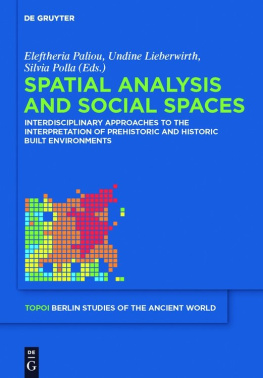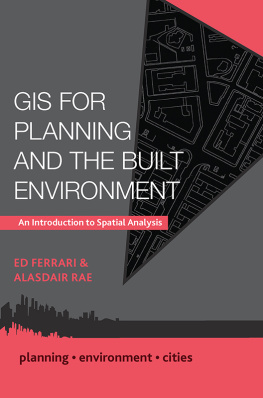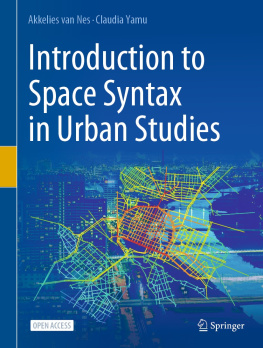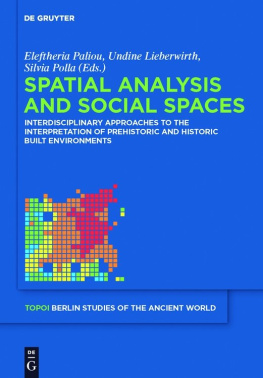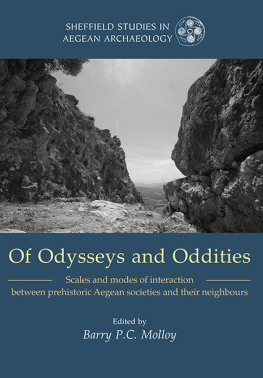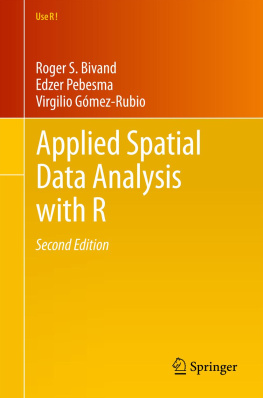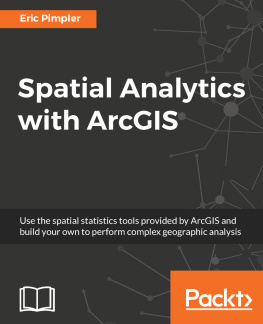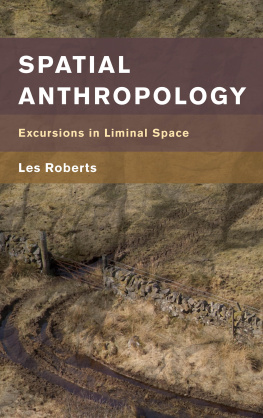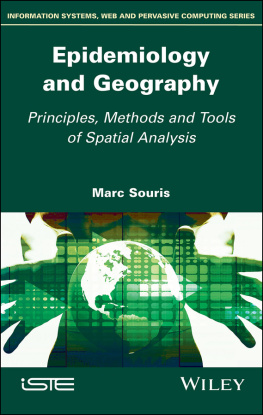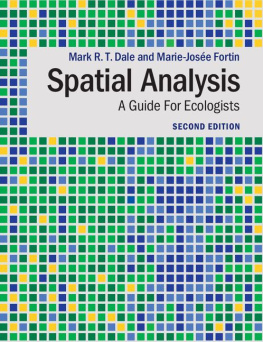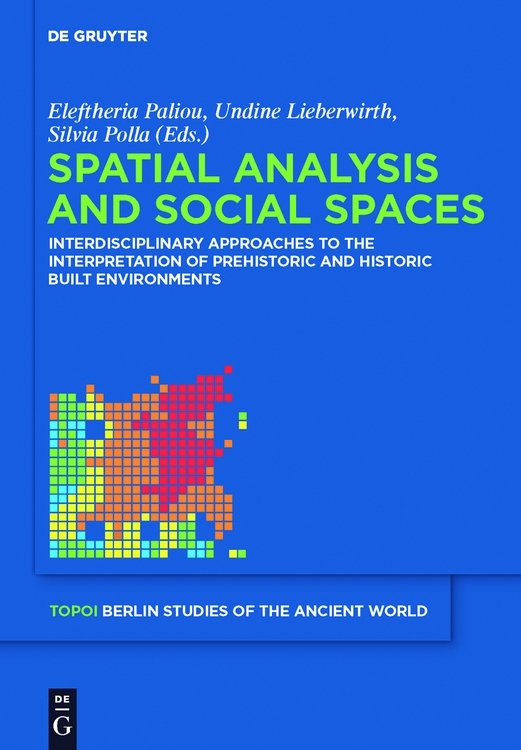Eleftheria Paliou studied Archaeology and History of Art at the University of Athens and obtained a MSc in Archaeological Information Systems at the University of York. Her PhD thesis, which was completed at the University of Southampton, examined the communicative potential and social meanings of Theran mural painting in the build environment of Late Bronze Age Akrotiri (Thera, Greece) via the development and application of 3D visibility analysis methods. Her general research interests lie within the fields of Aegean prehistory, historical and prehistoric urban settlement in Mediterranean, landscape archaeology and computational analysis in archaeology (Geographic Information Systems (GIS), 3D modeling, architectural computing). She has been involved in a number of post-doctoral projects as a Junior and Senior Research Fellow at the Topoi Excellence Cluster (Free University, Berlin) and a Marie Curie Experienced Researcher, while currently she holds a Humboldt Fellowship at the University of Heidelberg. In 2012 she became a founding member and deputy chair of CAA GR (Computer applications and quantitative methods in Archaeology Greek chapter).
Undine Lieberwirth studied Prehistoric Archaeology and Classical Archaeology at the Humboldt-University Berlin and GIS and Spatial Analysis in Archaeology at the University College London. Her Masters thesis dealt with the modelling of archaeological stratigraphy in 3D GIS environments. This topic is also the focus of her PhD thesis specialising in 3D spatial statistics.
She is currently working at the institute for Prehistoric Archaeology at the Free University Berlin as a university lecturer for GIS Applications in Archaeology with a focus on methodology which allows participation of students with different archaeological interests. She is also working as a co-ordinator and supervisor for GIS applications and databases in the Excellence Cluster Topoi.
Her research interests are hence methodological approaches in terms of quantitative data documentation (digital 3D documentation), digital field techniques, survey methods and spatial analysis of archaeological data.
Silvia Polla obtained a degree in Classical Archaeology from the University of Trento (Italy) and a PhD from the University of Siena (Italy) within the framework of the International Graduate School The cultures of the Roman Provinces. Her doctoral thesis analyses the multi-period surface survey pottery record from a Mediterranean micro-region in the Roman Africa Proconsularis using an integrated archaeological and archaeometrical approach and GIS-based computational techniques.
Her research focuses on the use of spatial technology for the study of ancient urban and rural socio-economic systems, settlement patterns and infrastructures as well as practices of movement of people and goods at various scales. She has published contributions on Archaeometry and GIS technology in international and peer reviewed Journals and Conference Proceedings. She currently holds the position of Juniorprofessor of Archaeoinformatics at the Institute of Classical Archaeology of the Free University Berlin and is a member of the Excellence Cluster Topoi.
List of contributors
Prof. John Bintliff
Professor of Classical and
Mediterranean Archaeology
Leiden University
The Netherlands
j.l.bintliff@arch.leidenuniv.nl
Dr. Graeme Earl
Senior Lecturer
Archaeological Computing Research Group
Faculty of Humanities
University of Southampton
United Kingdom
graeme.earl@soton.ac.uk
Prof. Kevin D. Fisher
Department of Classical, Near Eastern,
and Religious Studies
University of British Columbia
Canada
kevin.fisher@ubc.ca
Dr. Piraye Hacgzeller
Marie Curie Fellow of the Gerda Henkel
Foundation
Institute of Archaeology
University of Oxford
United Kingdom
Department of Archaeology
University of Leuven
Belgium
piraye.haciguzeller@kuleuven.be
Prof. Bill Hillier
Bartlett School of Graduate Studies
University College London
United Kingdom
b.hillier@ucl.ac.uk
Dr. Quentin Letesson
Charg de recherches F.R.S-FNRS
Aegean Interdisciplinary Studies (AegIS)
Research Group (CEMA/INCAL)
Universit Catholique de Louvain
Belgium
Quentin.Letesson@uclouvain.be
Undine Lieberwirth M.A.
Excellence Cluster 264 Topoi
Free University Berlin
Germany
Undine.Lieberwirth@fu-berlin.de
Dr. Scient. Akkelies van Nes
Assistant Professor
Section spatial planning and strategy
Department of Urbanism
Faculty of Architecture, TU Delft
The Netherlands
A.vanNes@tudelft.nl
Dr. Eleftheria Paliou
Alexander von Humboldt Fellow
Institute of Classical Archaeology
Heidelberg University
Germany
eleftheria.paliou@zaw.uni-heidelberg.de
Constantinos Papadopoulos
Archaeological Computing Research Group
Faculty of Humanities
University of Southampton
United Kingdom
cp5v07@soton.ac.uk
Dr. Silvia Polla
Jun.-Prof. of Archaeoinformatics
Institute of Classical Archaeology
Free University Berlin
Germany
silvia.polla@fu-berlin.de
Ulrich Thaler, MA
German Archaeological Institute
Athens Department
Greece
ulrich.thaler@dainst.de
Dr. Hanna Stger
Faculty of Archaeology
University of Leiden
The Netherlands
H.Stoger@arch.leidenuniv.nl
Dr. David Wheatley
Senior Lecturer
Archaeological Computing Research Group
Faculty of Humanities
University of Southampton
United Kingdom
dww@soton.ac.uk
Bill Hillier
Spatial analysis and cultural information: the need for theory as well as method in space syntax analysis
Abstract
In this paper, some key space syntax techniques of analysis are presented and illustrated, and certain theoretical propositions linking space to society, resulting from the application of space syntax techniques, are explained. It is suggested that awareness of the theoretical propositions when the techniques are used can sometimes aid the archaeologist in the social interpretation of spatial patterns.
1 What space syntax is
Space syntax is a set of techniques for analysing spatial configuration, and a set of theories linking space and society. For the most part, it has been developed on the basis of here-and-now data which is, or can be, pretty complete. You can relate spatial configuration to where people are, how they move, how they adapt and decorate space, and how they talk about it. In archaeology you work with incomplete and often sporadic data, so analysis is more difficult by an order of magnitude.
So how can we proceed? I think the most useful thing I can do is to give, first, an overview of some of the techniques that are now available, and how they allow us to interpret spatial phenomena in social terms. But this will lead to two propositions which some may find initially strange. The first is that space is in itself lawful. The second is that it is through its lawfulness that space interacts with society. Because they may seem strange, I will try to demonstrate each of these propositions in as simple a way as I can, and show how spatial laws intervene in all aspects of our subject: the relations between physical objects and spaces, the effects of spaces on people, how we cognise space, and how and why societies order space in different ways. I will end by outlining a general theoretical model of the city, and show how it embodies these various types of law. It is this theoretical understanding of space which I believe will be most useful to archaeologists in seeking to extract cultural information from the material remains of buildings, settlements and areal spatial patterns.

